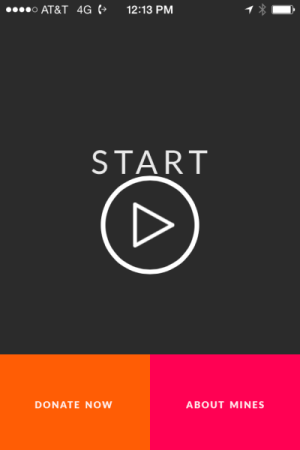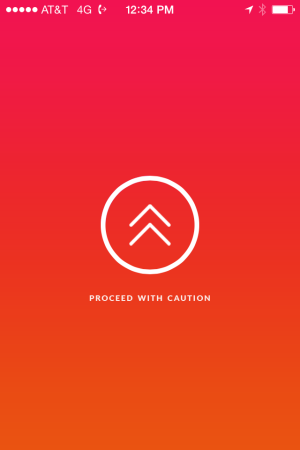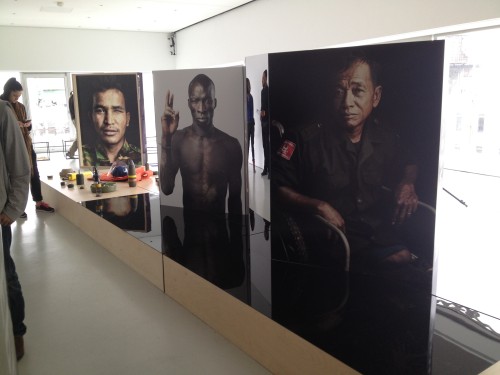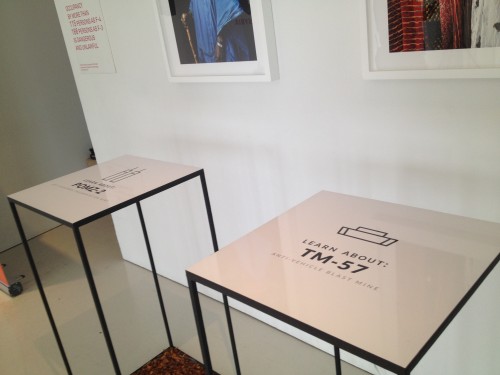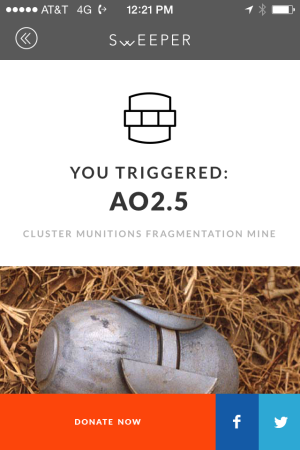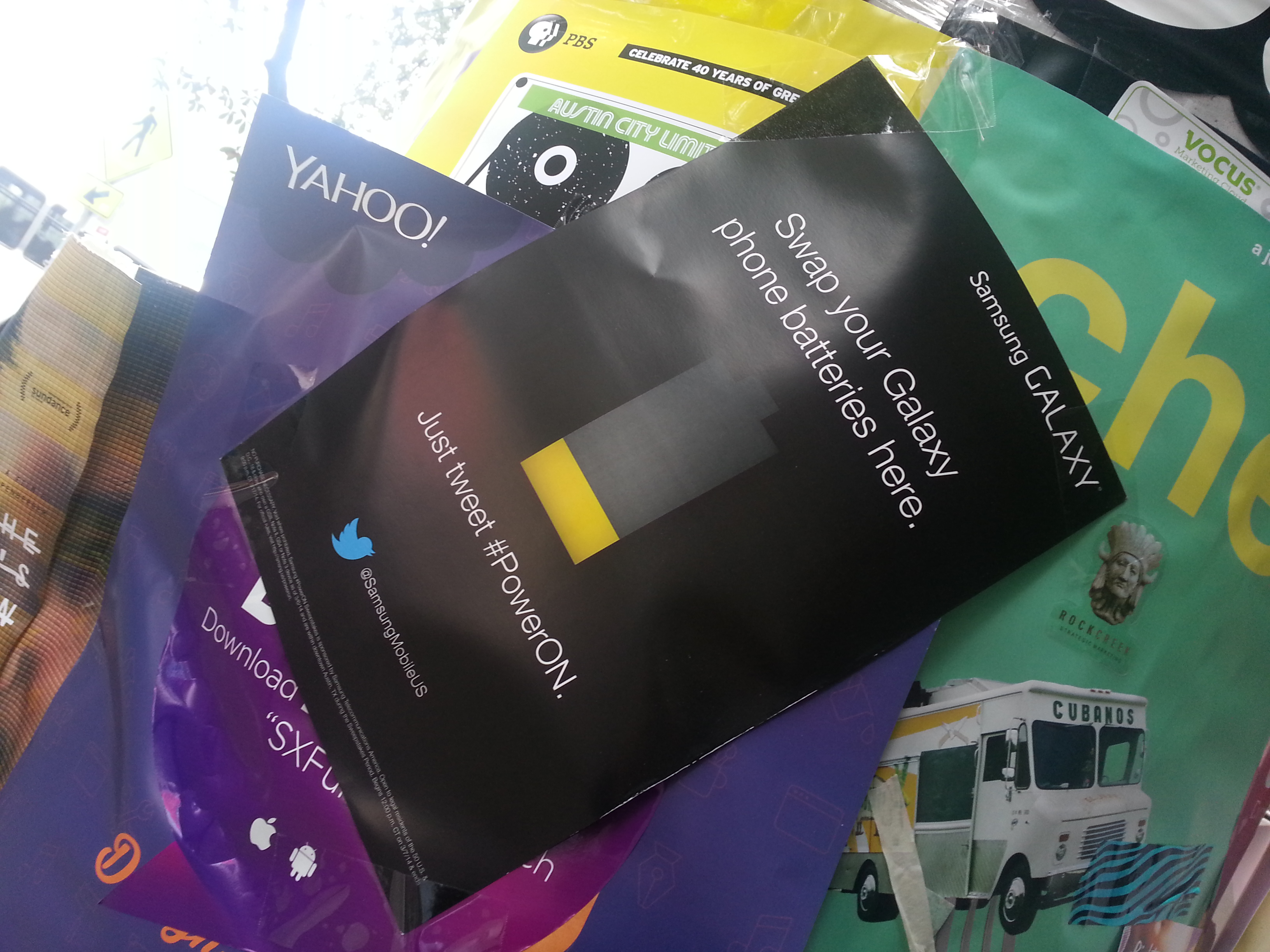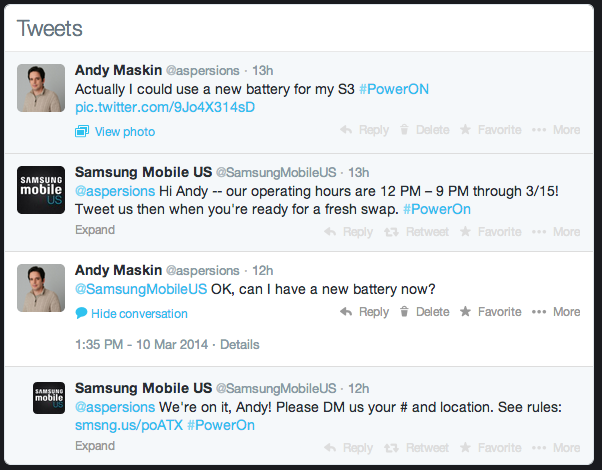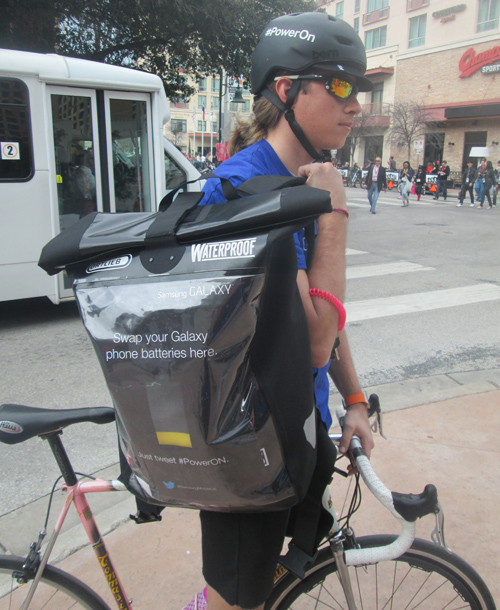Today’s IAB Mobile Marketing event featured a deep-dive track on programmatic buying and selling in mobile, sponsored by Google. The first speaker was Marc Theermann, the head of mobile platform sales for Google, who shared a number of interesting insights. From a technical perspective it’s useful to note that HTML5 is emerging as the standard for building mobile ad experiences, having now eclipsed Flash.
Rich media is overwhelmingly commonplace on desktop, but has yet to take off on mobile. Meanwhile, mobile impressions are set to eclipse desktop impressions in the coming year, but the advertising spend on the latter is many times that of the former. This discrepancy is fueled by what basically amounts to inertia (or lack thereof) and client demand. Also, validation metrics and attribution have not matured quickly enough in the eyes of many marketers.
Programmatic is exciting for publishers because they can see who is buying their inventory, and is exciting for buyers because of more precise audience targeting. In recent years, the Google-owned DoubleClick ad exchange has grown enormously. It currently handles more daily transactions than NYSE and NASDAQ combined.
Next up was a discussion with Brian Long, CEO of TapCommerce. TapCommerce is exclusively focused on mobile and buying it programmatically. 95% of their revenue is from RTB activity. A major KPI of ads they place is app re-engagement, i.e. get people who have lapsed from using an app to use it again. Churn is enormous in mobile, as an app popular today can drop off enormously tomorrow and vice versa. That kind of churn not as apparent on the web. As such, the majority of in-app mobile advertisers today are for app downloads. TapCommerce has seen the best performance in full-screen interstitial units.
Programmatic is important because the efficiency that customer gets allows them to differentiate on price. Click-through rate is not as indicative because of accidental clicks. TapCommerce doesn’t usually look at CTR as a measure of success. Focused on conversions as measure of success. Meanwhile, Google focused on reducing click-spam (including accidental clicks).
Digital video programmatic buying on mobile is in a very early stage, but buyers are asking about it more. The trick is to make sure units are skippable because on mobile video ads can be obtrusive. Creative needs to be especially strong and a good user experience. Many apps have experimented with video ads and then dropped it because of user complaints. There haven’t been enough buyers so users of the same app saw the same videos over and over. Apps employing video ads need frequency capping in order to maximize ROI.
In general Q4 2013 was huge for retailers advertising on mobile, reaching people on tablets who were shopping. Game developers still dominate in-app advertising, whereas the mix on mobile web is more heterogenous.
The key suggestion given for publishers interested in programmatic was to try and send as many parameters as possible into the system; it helps catch more bids on the exchange. First party data, if available, is critically important for adding value in this context.
